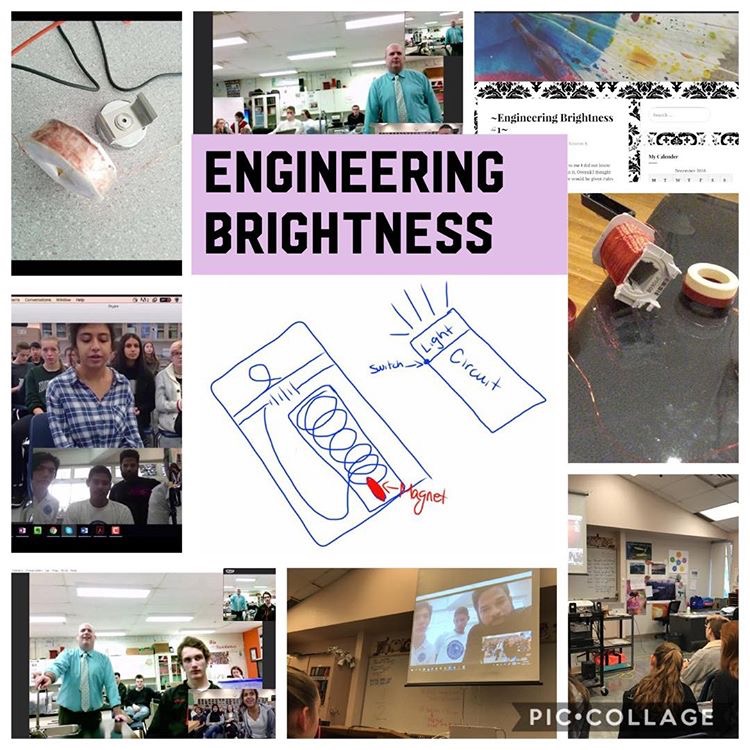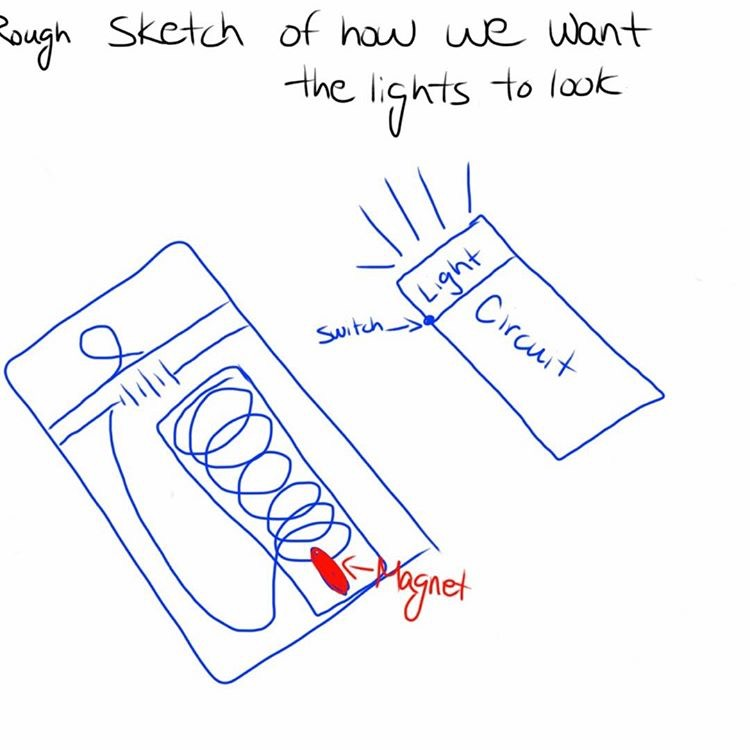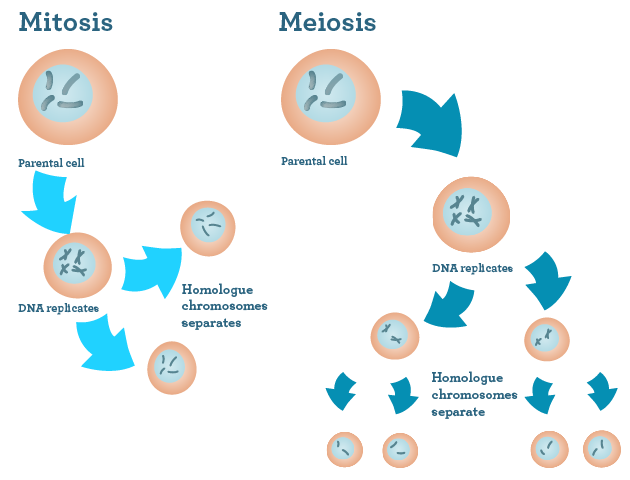This assignment asks us to talk about our daily lives and things we do that are good and bad for the eco system.
Driving is mostly an everyday thing for me whether it is getting on a bus, a drive to sports or school or carpooling. It effects the atmosphere by putting carbon monoxide into the atmosphere and can be harmful to the geosphere. If an organism inhales enough of carbon monoxide they can get poisoning from it. Then that can lead to death. Driving cars does really pollute the earth but it is always better to carpool, I do that usually when I’m on my way to sports.

Source: http://www.ucsusa.org/clean-vehicles/vehicles-air-pollution-and-human-health#.WIf84ZUizIU
Using water
Thing I use water lots of water for is the nessacary things like washing clothes or dishwashing. Washing clothes is something that happens a lot in our life time, and it is necessary to stay clean and be healthy. But washing your clothes too much or not filling it up can waste energy and water. When brushing teeth I minimalize the water usage by turning off the tap when brushing my teeth, I find that leaving it on uses unneeded water.
Using the dishwasher I try to fill it up to its very max by moving plates and cups around to make more room, then just a normal wash. It conserves some energy rather than multiple loads at different times. I believe I can change how much water I use and that change is easy, I just have to be smart about it.

Source: http://www.clipartkid.com/running-tap-water-cliparts/
Food Waste
I always try to conserve food, whether it is putting the rest of the food in the green waste bin or saving the rest for leftovers. Wasting food is pointless because your are taking away from the biosphere and throwing it away. A change is that not being lazy or “forgetting” to recycle or compost their food scraps.

Source:http://www.cambridge.wa.gov.au/Services/Waste_Collection
Plastic Bags
I do use plastic bags, I use them for trash bags or to carry around a something extra that I needed. I try to avoid them and get reusable bags or bins for groceries or something like that. They are handy at times but that what makes us so easy to say “hey lets go grab some bags to put that stuff in” because the bags are easy. Even the smaller bags that can close are still bad, I try to use plastic containers that you just wash them and they’re good to go. Those plastic bags end up in our landfills and don’t easily decompose. Also they can end up in the oceans and animals think they’re food but they end up choking on it. It affects our biosphere a lot. I try my best to not use those plastic bags and use a reusable container and a change is that I am going to limit my plastic bag usage.

Source: http://www.marcgunther.com/in-defense-of-the-plastic-bag/







